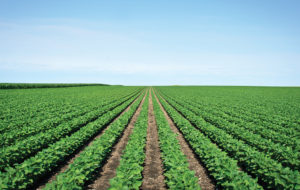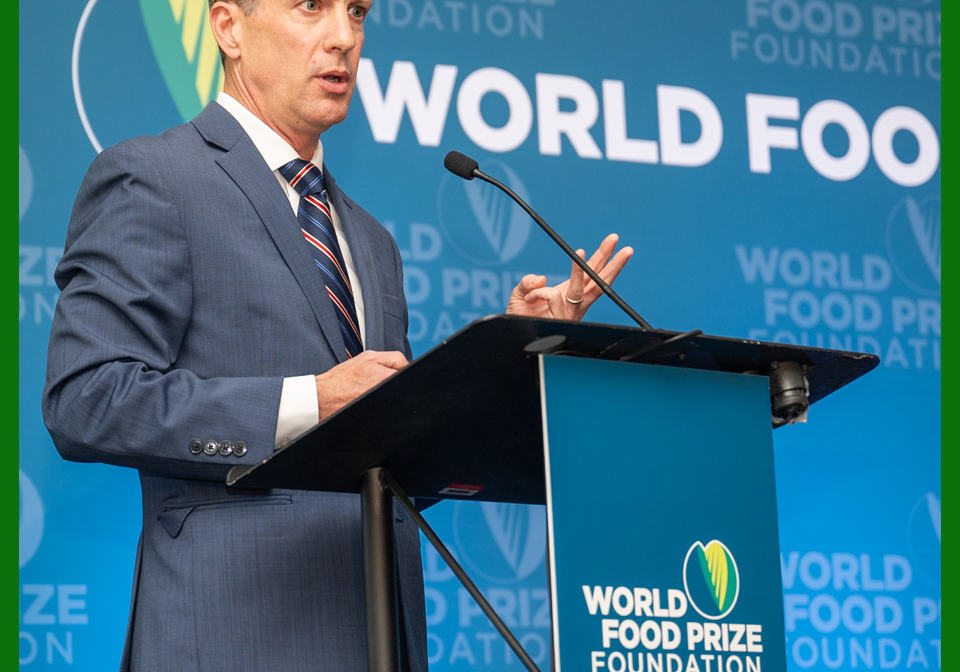 Springtime has arrived. But instead of warmth and sunshine, many parts of the country are faced with cooler temperatures and wet soil conditions. As a grower, what impact does this have on planting and the prospects for a successful season?
Springtime has arrived. But instead of warmth and sunshine, many parts of the country are faced with cooler temperatures and wet soil conditions. As a grower, what impact does this have on planting and the prospects for a successful season?
Adverse soil conditions can range from too cool (below 55 degrees) to too damp. This causes sub-surface, side-wall compaction and ultimately results in a wide range of nutrient deficiencies.
“Growers who plant too early will most likely see nutrient deficiencies,” says Charlie Hubbard, agronomist for Monty’s® Plant Food Company. “Deficiencies in manganese, phosphorus and zinc will slow the crop’s emergence and overall growth, leading to a loss of yield.”
It is far easier and more cost-effective to address nutrient deficiencies at planting, rather than trying to rescue a crop in-season. That’s why growers who understand Hubbard’s perspective are analyzing their soil and assessing their planting conditions now – and preparing their fields to deliver maximum yield.
Microhance handles nutrient deficiencies at planting.
Farmers who apply a starter in-row on the seed, or even 2×2, should consider using a micronutrient package such as Microhance®. The combination of essential nutrients could make the difference between early success and constantly trying to catch up.
Microhance can also be foliar or soil applied and is designed to provide nutrients at any stage of growth, which in turn helps maximize yield potential. It includes boron, iron, manganese, sulfur and zinc, all of which enhance plant metabolism. Microhance also offers plants an organic form of nitrogen to enhance green-up and growth.
“Adding Microhance at planting is like giving yourself extra insurance for the season,” says Hubbard. “Why not ensure that you will get the highest yields possible?”
For more information about Microhance, click here.



